5 Common Belt Filter Breakdowns And How To Fix
Belt filter press often has problems in the areas of filter belt, roller, bearing, rectification, etc. Therefore, operation managers are required to use the belt filter press in accordance with the operating rules, and regularly inspect the relevant parts of the belt filter press, in order to prevent the failure from affecting the normal operation of the equipment.
When belt filter press works, the upper and lower tensioned filter belts carry the sludge layer, which passes through a series of rollers arranged regularly in a S-shape. The pressure and shear force on the sludge layer are formed by the tension of the filter belt itself, and the capillary water in the sludge layer is squeezed out to obtain mud cake with high solid content, thus realizing sludge dewatering.
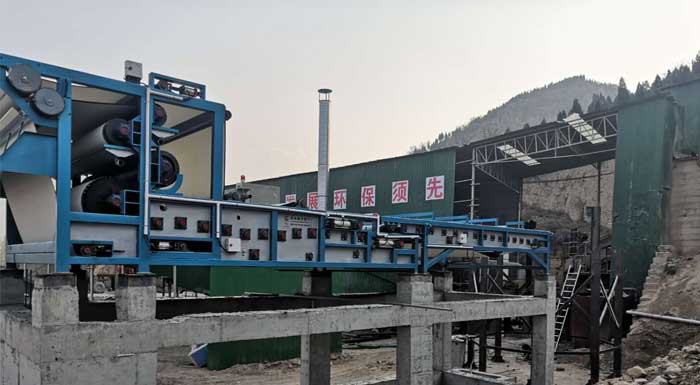
5 Common Belt Filter Breakdowns with Solutions
1. Filter belt deviated and folded
In the operation of belt filter press, the deviation and folded of filter belt often occur, the continuous rubbing and breaking of the sludge scraper with filter belt crease lead to a great reduction in the service life of the filter belt, which brings great economic losses to enterprises. There are several reasons:
(1) Insensitivity of deviation-correcting rollers
The deviation correction roller is insensitive, and the filter belt runs to one side. Once the limit switch fails, one end of the filter belt touches the edge of the dehydrator and turns over and damages.
Solutions: If there is damage to the trachea or air bag, it should be replaced in time; Correction slider corrosion blockage, need to be rusted and lubricated; Correction valve failure or correction angle adjustment is not correct, it needs to be maintained.
(2) Incorrect position or roller wear
The position of press roll or tension roll is unbalanced, and the interval between rolls at both ends of the filter belt changes, resulting in uneven force on both sides of the filter belt, and the filter belt deviates from the big force to the small force.
Solutions: check whether the installation of rollers is balanced, which is easy to occur after the overhaul of the press; maintain the bearings and rollers, and timely repair if there is wear and tear.
(3) uneven distribution of mud
Pre-dewatering filter belt is unevenly clothed with mud. When the sludge enters the pressing section, the mud cake on the filter belt is thick on one side and thin on the other, and the filter belt will shift to the mud thick side. The direction of the deviation force and the deviation correction pullback force is opposite to each other, so the filter belt will fold at the boundary of thick and thin mud layer.
Solutions: check the distribution of filter sludge, if the bias load is serious, it is necessary to clean up the distribution facilities of sludge inlet and adjust the position of flat mud plate; the local wear of the mud rake or not installed well, it is necessary to check and repair the mud rake; replace the scraper.
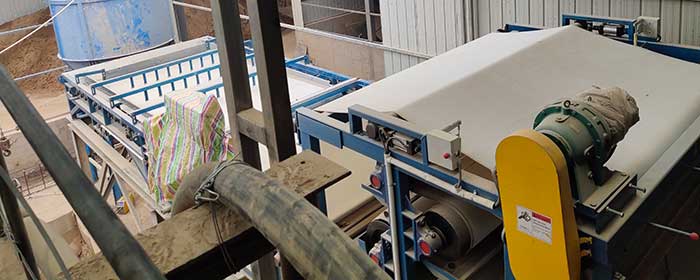
2. Filter belt is too dirty
If the filter belt is not clean, it will seriously affect the permeability of the filter belt, resulting in abnormal sludge dewatering, reduction of desliming amount and high water content of mud cake. The main reasons are as follows:
(1) The pressure of flushing water is low
If pressure of flushing water is low, the filter belt is not clean after desliming, and the filter hole is blocked, which affects the filter efficiency of the filter belt.
This always caused by leakage of flushing pipe, failure of flushing pump, too much garbage blockage in backflushing filter screen, or blockage of flushing filter nozzle.
Solutions: check whether the flushing water pipeline is leaking; whether the flushing water pump is out of order, observe the change of pressure intensity of flushing water at any time, and find the blockage of the filter screen and clean it up in time.
(2) inappropriate proportion or dosage of flocculant
The flocculation of sludge and flocculant has a great influence on dewatering effect. Excessive concentration or dosage of flocculant not only wastes reagents, but also pastes filter tape to reduce water permeability. Otherwise, it also affects the dewatering of sludge.
Solutions: According to the characteristics of sludge and the water content of concentrated sludge, the proportion and dosage of reagents should be adjusted appropriately; the stirring time of flocculant should be prolonged, so that the solvent can be dissolved sufficiently, and the residual floc can be avoided to clog the filter cloth.
3. Filter belt running out mud
When the water content of the sludge to be dewatered is high, the sludge overflows from both sides of the filter. The reason is that during the process of sludge transformation from liquid to semi-solid, the liquid slurry has high fluidity, and the slurry overflows from both sides of the roller. The reasons for running mud are as follows:
(1) Low sludge concentration
Sludge concentration is often called sludge solid content. Sludge solid content is lower than a certain degree, sludge dewatering performance is poor and flocculant dosage increases. At this time, the sludge enters the belt filter press, and there are leaks in operation and no pressure on the filter belt.
Solutions: Turn off aeration, increase the concentration time of sludge as much as possible, and reduce the frequency of belt speed of sludge pump and dewaterer.
(2) The flocculation effect of sludge is not ideal.
If the dosage of flocculant is not enough, sludge flocculation is not good, capillary water can not be converted into free water which is removed in gravity area, and the fluidity sludge enters the pressing area and runs out after extrusion.
Solutions: According to the flocculation of sludge and the moisture content of sludge cake, appropriate PAM solution was added.
(3) Arching of filter belt
The arch of the filter belt is that the two filter belts wound on the surface of the roller do not coincide, and the outer belt arches or the lower belt opens. The reason for the arch of the filter belt is that the tension inside the belt is not uniform, and the local tension is not enough to overcome the resistance of operation, which makes the filter belt relaxed.
Solutions: check the running state of the adjacent rollers at the arch-lifting place, maintain the bearings; check the tension system of the arch-lifting filter belt to reduce the resistance of the tension guide rod; adjust the tension pressure to make the tension of the two filter belts in a moderate degree.
(4) Excessive atmospheric pressure
When the flocculated material enters the extrusion section, it is extruded by a strong pressure before it reaches a stable state from the flow state. This is due to the excessive pressure of the filter belt under the action of the cylinder. At this time, the pressure should be adjusted to a suitable range.
4. Filter belt skidding
The slippage of the filter belt is mainly caused by the excessive load of mud feeding, the insufficient tension of the filter belt or the sticky flocculant on the surface of the driving roller, the wear of the idlers or the inflexibility of extrusion and rolling.
Solutions: Mud intake should be reduced; check whether the air pipe connected with the cylinder is leaking, whether the tension pressure of the filter belt is moderate and adjust accordingly; carefully check whether the rollers are not flexible in rotation or wear, and strengthen the lubrication of bearings and gears.
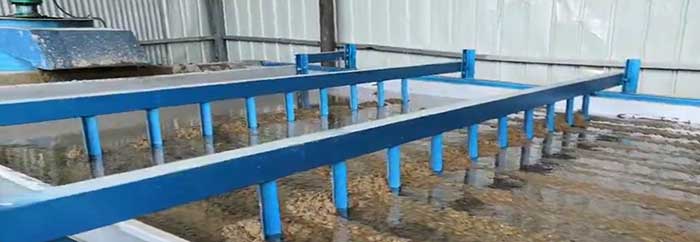
5. Low solid content of mud cake
If the sludge solid content is low after dewatering, it will not only cause the wet mud sticking to the filter cloth to be difficult to remove and increase the difficulty of sludge dewatering, but also increase the cost of sludge treatment because of the high water content. The main reasons are as follows:
(1) The dosage or type of flocculant is not suitable.
At this time, it will cause the change of sludge properties or the amount of feeding sludge, resulting in the reduction of sludge dewaterability. It is necessary to select the optimal flocculant type or dosage through further tests .
(2) Belt speed is too fast
The belt filter press has insufficient time to press sludge and stay in the pre-dewatering stage, which makes the mud cake thinner and reduces the solid content. The countermeasure is to reduce the belt speed.
(3) The strain of the filter belt is too small
When the tension is too small, the pressure of sludge is insufficient and the solid content of dewatered mud cake decreases. At this time, the tension of the belt should be increased properly, and the pressure of the belt filter press should be generally adjusted to 0.5-0.6 MPa.
(4) The filter band is blocked
The filter band is blocked and the water can not be filtered out, which increases the water content of dewatered sludge, Irrational or damaged seam of filter belt and aging of filter belt, etc.
At this time, the machine should be stopped immediately and the sludge on the filter belt should be washed out before it is working; the filter belt should be repaired or replaced.
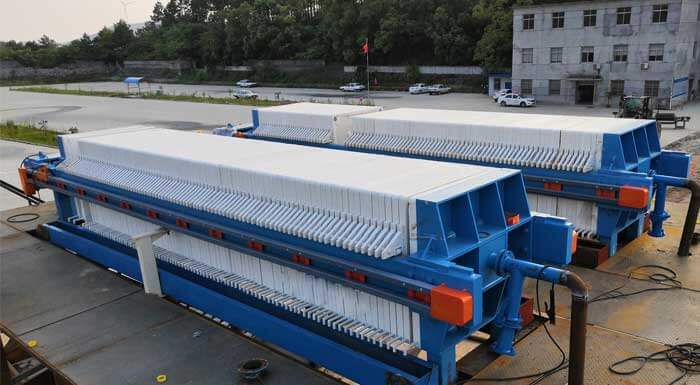 Filter Press Breakdowns And How To Repair
Filter Press Breakdowns And How To Repair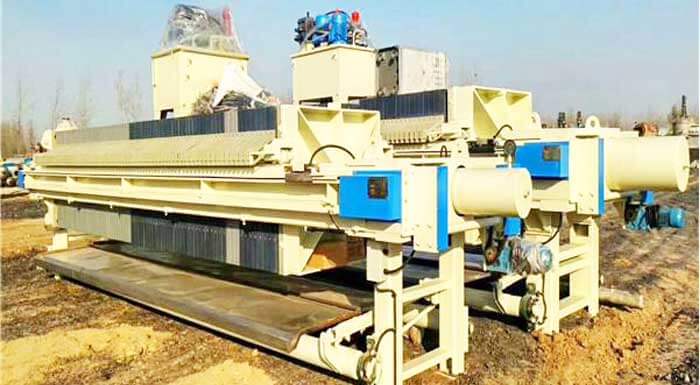 10 Common Types Filter Press Prices
10 Common Types Filter Press Prices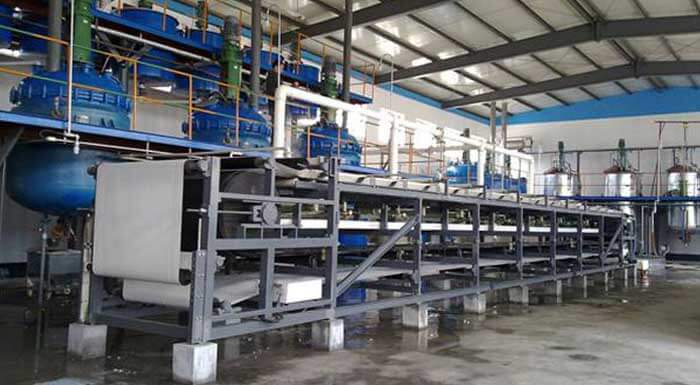 How Many Types of Filter Plates?
How Many Types of Filter Plates?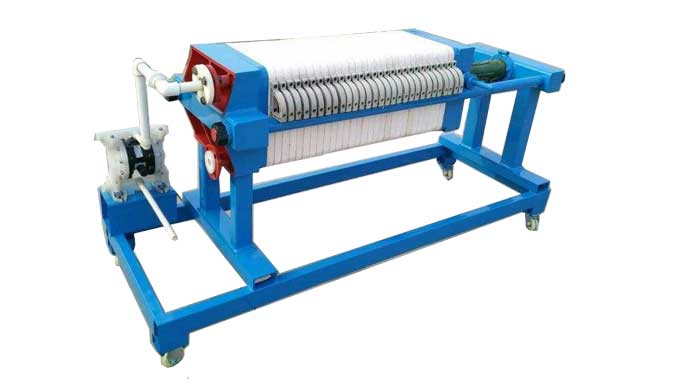 Learn More About Filter Press (45 Filter Press Terminology)
Learn More About Filter Press (45 Filter Press Terminology)



